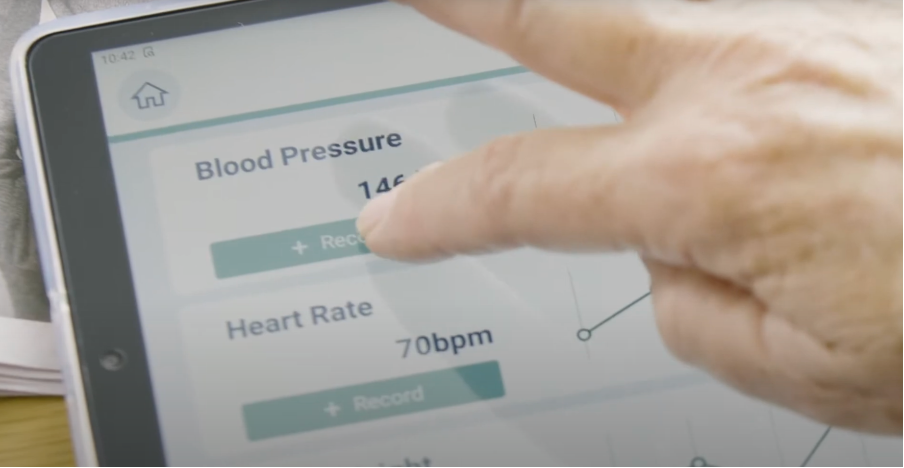When we share results showing that Spritely patients reach target heart failure medication doses six times faster than usual care, the natural question is: isn’t that just telehealth?
The answer is no.
Faster up-titration isn’t about having video calls or a remote blood pressure cuff in isolation; it’s about creating a digitally-enabled model of care that mirrors what happens in-clinic; making it accessible, safe, efficient, and scalable.
Rapid up-titration for patients with HFrEF is a proactive model of care where guideline-directed medications are increased to their target doses within weeks rather than months. It relies on frequent consultations, close monitoring, timely dose adjustments, and high patient engagement to safely accelerate titration, and improve outcomes (fewer hospitalisations and better survival).
There is a lot more to it than just sending someone home with a blood pressure monitor. In fact, doing that can create extra work and uncertainty for everyone, not to mention anxiety for the patient.
What sets Spritely apart?
- The right vitals, captured reliably
Heart failure titration depends on more than a daily heart rate — weight, blood pressure, oxygen saturation, all matter. Many platforms don’t capture the full set of vitals, or require patients to supply their own devices. Spritely ships everything pre-configured and connected, so nurses get the exact data they need, without setup headaches.
- Multiple ways to communicate
Up-titration isn’t a one-off adjustment — it’s a dynamic process where patients often need support, clarification, or intervention. Spritely combines messaging, video calls, reminders and symptom surveys so nurses can support patients in real time, rather than waiting for the next clinic slot. Our nurse call-back feature provides patients with an extra layer of reassurance. - Education & empowerment
Safe titration requires patients to understand what’s happening and why. The Spritely tablet comes pre-loaded with education content including PDFs and videos, which can be in any language. This boosts adherence and confidence. - Built for weeks, not days
Tools like Biobeats are designed for continuous monitoring over a short term. This might be important for some high-acuity patients being monitored for a few days at home instead of being in hospital but it’s not suitable for heart failure titration, which takes 5 weeks on average. Spritely devices are durable and re-usable, don’t overload clinicians with data, and include patient engagement features to help patients maintain momentum throughout their journey. - Clinician workflow, not just data
RPM is only valuable if it reduces workload instead of adding to it. Spritely’s clinician portal gives heart failure nurses a clear view of patient progress, trend data, and alerts that fit seamlessly into existing care pathways.
The bottom line
Spritely isn’t just another telehealth or vitals app. It’s the ideal platform for the realities of heart failure up-titration: weeks of careful monitoring, close patient communication, and safe clinical decision-making.
That’s why heart failure nurses tell us Spritely “feels like the way they already work — just a lot more efficient”.



